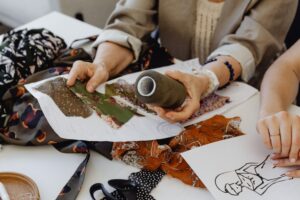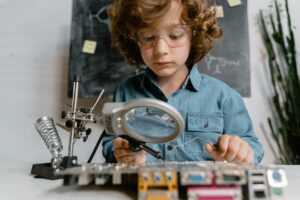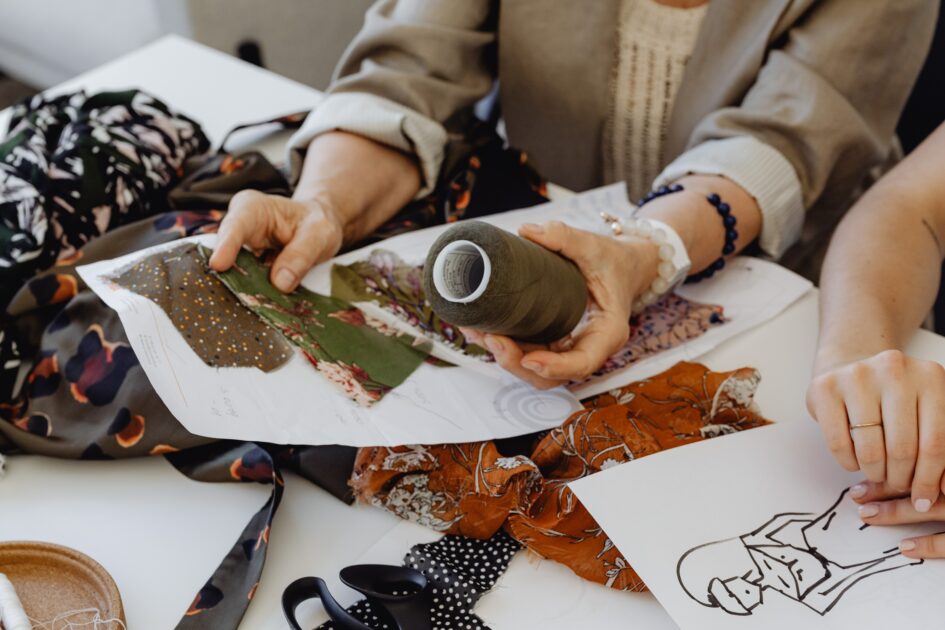Background Knowledge
ADST, Arts & Crafts, & Sewing
From a young age, I learned to work with my hands. I spent a lot of time with my grandparents, who were farmers and taught me everything from gardening and animal husbandry to cooking and

Photo by Karolina Grabowska from Pexels
sewing. These skills facilitated several employment opportunities as I worked in a nursery growing plants, on farms of varying sizes, as a seamstress altering and custom making formal attire, and in a yarn studio. Before I knew I wanted to become a teacher professionally, I taught sewing, knitting, and crochet to children for years, both at work and in my personal life. I believe that this is where my love of teaching first began.
I particularly enjoy the process and accomplishment of making something useful. To that end, I’ve made it a personal goal to always be making something. As much as I would love to teach a sewing or similar course, I understand that many BC schools are in the process of phasing this class out.

Photo by MART PRODUCTION from Pexels
Although I find the loss of this skill sad, I plan to take my inclination toward ADST into the classroom in other ways.
I want to have a Maker Space in my classroom, where students can explore and play with ideas and various technologies and materials. Additionally, I can plan learning and assignments that take into account the “hundred languages” (Resnick, 2018, p. 161) of learners and support the “high ceilings” and “wide walls” (Resnick, 2018, pp. 174-175), both by encouraging students to try new things and allowing them to use the methods that they know work for them. Some people may criticize that this is being too flexible, but I argue that if it makes the learning relevant, and therefore memorable, to the students then it is worth the work that goes into creating these learning opportunities.
References:
Resnick, M. (2018). Lifelong kindergarten: cultivating creativity through projects, passion, peers, and play. The MIT Press.
